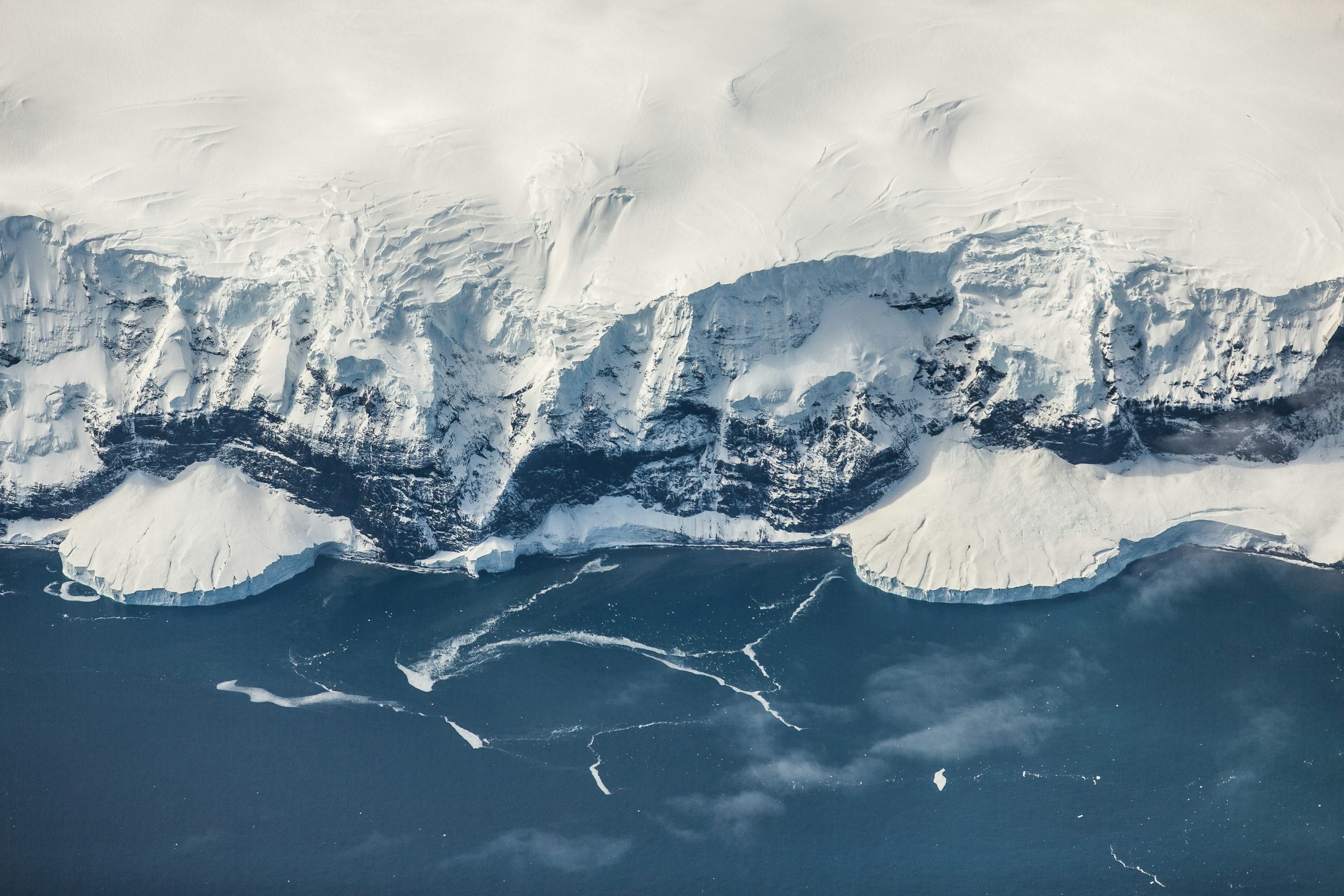
News
-

New study shows cloud loss contributing to record-breaking temperatures
Earth’s cloud cover is rapidly shrinking and contributing to record-breaking temperatures, according to new research involving the Monash-led Australian Research Council Centre of Excellence for 21st Century Weather. The research, led by the United States’ National Aeronautics and Space Administration (NASA) and published in Geophysical Research Letters, analysed satellite observations to find between 1.5 and 3 per……
-

Dark Oceanography: A creative collaboration between climate science & music
A new experimental music work, Dark Oceanography, will premiere at the Monash University Performing Arts Centres on Sunday 27 July, immersing audiences in the swirling dynamics of ocean eddies and the future impacts of climate change beneath the surface of the sea. Created by The Sound Collectors Lab in partnership with the ARC Centre of……
-

Nerilie Abram appointed Chief Scientist of the Australian Antarctic Division
21st Century Weather is proud to share the news that Professor Nerilie Abram, our Deputy Director and Chief Investigator, has been appointed as the new Chief Scientist of the Australian Antarctic Division. The appointment marks a major milestone in Nerilie’s career as one of Australia’s most respected climate scientists. She will take up the post……
-

What’s behind Australia’s shifting rainfall? New study explores weather objects
Australia’s rainfall is changing in distinct and important ways. Summers in the tropical north are getting wetter, while winters in the southeast are becoming drier. New research led by Dr Chenhui Jin at Monash University has taken a fresh look at the weather systems that modulate seasonal rain across the continent, helping to explain the……
-

Future rainfall and atmospheric rivers: Why thresholds matter in a warmer world
As the world continues to warm, the atmosphere will hold more moisture. That simple fact is reshaping how we think about rain, especially the powerful, moisture-laden weather systems known as atmospheric rivers. Atmospheric rivers are long, narrow bands of concentrated moisture in the sky. When they pass over land, they can bring much-needed rain to……
